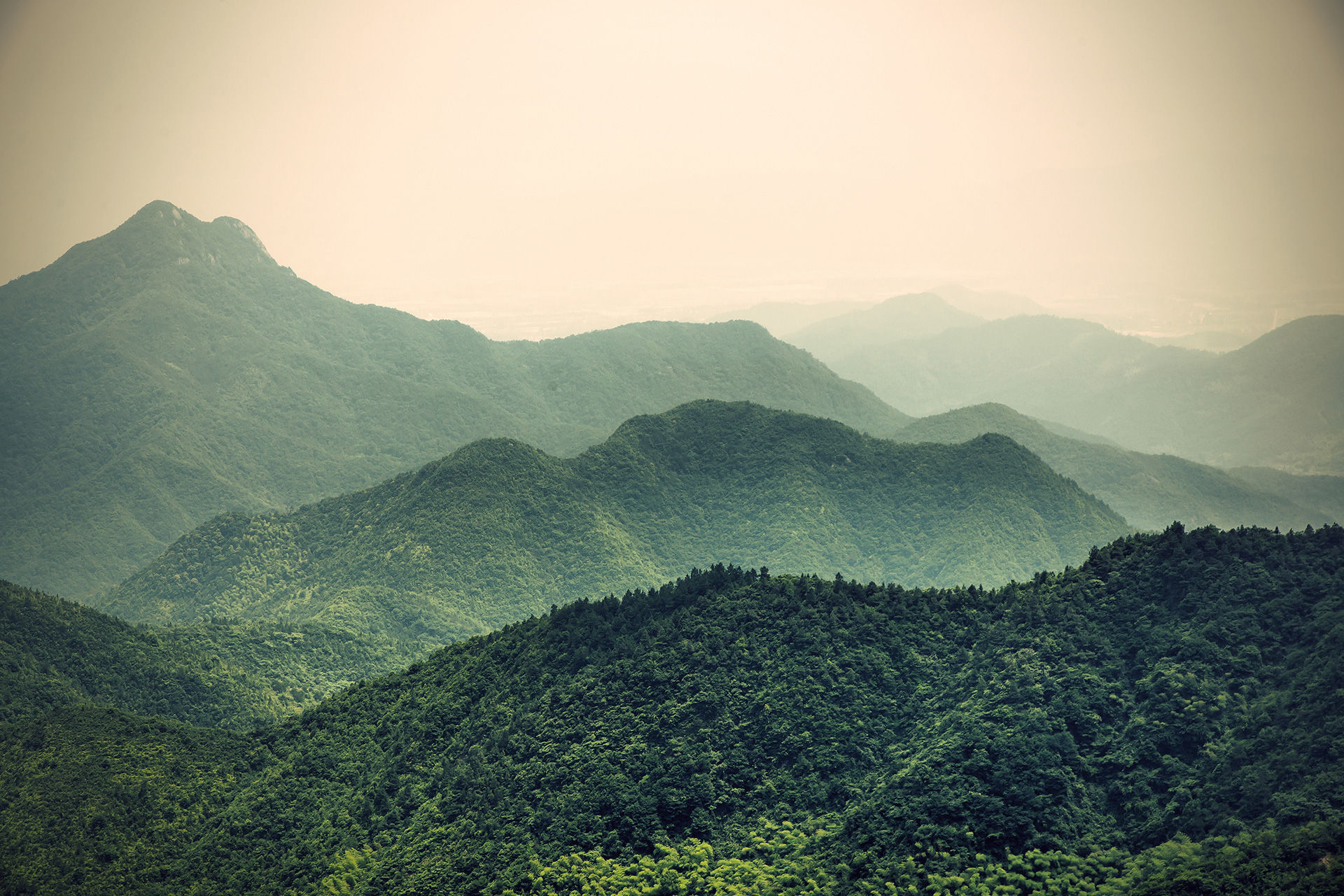
Apart from the undoubted financial viability of the project, it is likely to be sustained in the long term because of it's social and environmental suitability.
-
It is a local initiative which has been formulated by the adivasi community in collaboration with MYWA.
-
It will meet the primary need of the adivasis to improve their social and economical conditions.
-
It has a strong training components, ensuring that by the end of the sixth year the members of the society will have adequate skills to run the society independently.
-
It is in line with Government policies for this sensitive area, that is, to create employment through non-polluting industry. It also has the backing of local Government officials and is therefore unlikely to face bureaucratic obstruction.
MYWA has been working with adivasi communities in the foot hills of The Nigiris since 1978. The aim of all MYWA'S work is to reduce poverty levels among the adivasis, increase income and food security, and act as a catalyst for change. Training and awareness raising is at the core of MYWA's approach, as well as a recognition of the importance of women in the development process. MYWA'S programmes have been successful in building the confidence, strength and organisational capacity of adivasi communities in the foot hill of Nilgiris.
MYWA is the only NGO in the area. Over 95% of it's Board members are adivasis. MYWA is held in great respect by the adivasi community with which it works, the local business community and local Government officials. The business community has demonstrated its support by donating considerable sums of money over the year towards MYWA's health and education work.
The program area falls within the potected natural forest at the foothills of the Nilgiris bounded by the Mudumalai Wild Life Sanctuary. The nearest town is the District administration head quarters of Ootacamund, which is some 25km distance from the villages at an elevation of 8000 feet. The area is populated by 5 hill scheduled tribes viz Jain, Yani and Mull Kurumber, Irrular and Solagar. The villages are located deep in the forest and are remote and inaccessible. The adivasis have been neglected for many years and live in extreme poverty without proper shelter, especially in the rainy seasons the family of a father, son, daughter, son-in-law, daughter-in-law and the grandchildren are not able to sleep in a small hut, adn most of their life they are in want of infrastructure, guidance and financial backup. In this poor condition malnutrition is wide spread among adults and children infant and morality is extremely high. Life expectancy is low and ranges on average between the ages of 45 years to 55 years. 80% of the villagers lack safe water for domestic use, hence break outs of bone diseases are common.
Therefore the Adivasis Housing program has planned to be executed in the land owned by the adivasis, which was allotted to them by the Government. These lands were given tothem for cleaning and making their own house in the year 1952. This project aims to develop the adivasis and thus protect them from natural disasters and unexpected natural calamity and inturn provide them an honourbale existence in their own surroundings, The project is to last for one year and fifty houses will be brought under coverage and the maintenance of these houses will be entrusted to the respective members of the villages. About 500 people will be economically and culturally uplifted by this project.
To reduce natural distribution among the adivasis and other vulnerable communities, the objective is to specifically creating improved health and independency at home. This improves living conditions. To empower the adivasis, by fostering an awareness of collective strength in group houses, it brings a sense of community and self reliance.
The project has been implemented of fifty houses at the cost of 10,000 rupees each without flooring by cement, the floor will be only earth and the roof of the house is only by tiles. During every phase the management team will be responsible for raising the house and land over the adivasi family and the family members will have a sufficient home to enable them to run a family without any disturbances.
MYWA has been working with the adivasi communities in the foot hills of the Nilgiris since its inception as a youth club in 1978, and as a registered NGO since 1987. The aim of all MYWA's work is to reduce poverty levels among the adivasis, increase income and food security, and act as a catylyst for change. Training and awareness raising is at the core of MYWA's approach, as well as recognition of the importance of women in the development process. MYWA's programme have been successful in building the confidence, strength and organisational capacity of adivasi communities in the foothills of the Nilgiris.
MYWA is the only NGO working in the area. Over 95% of its board members are adivasis. MYWA is held in great respect by the adivasis community with which it works, the local business community and local government officials. The business community has demonstrated its support by donating considerable sums of money over the years towards MYWA's health work.
